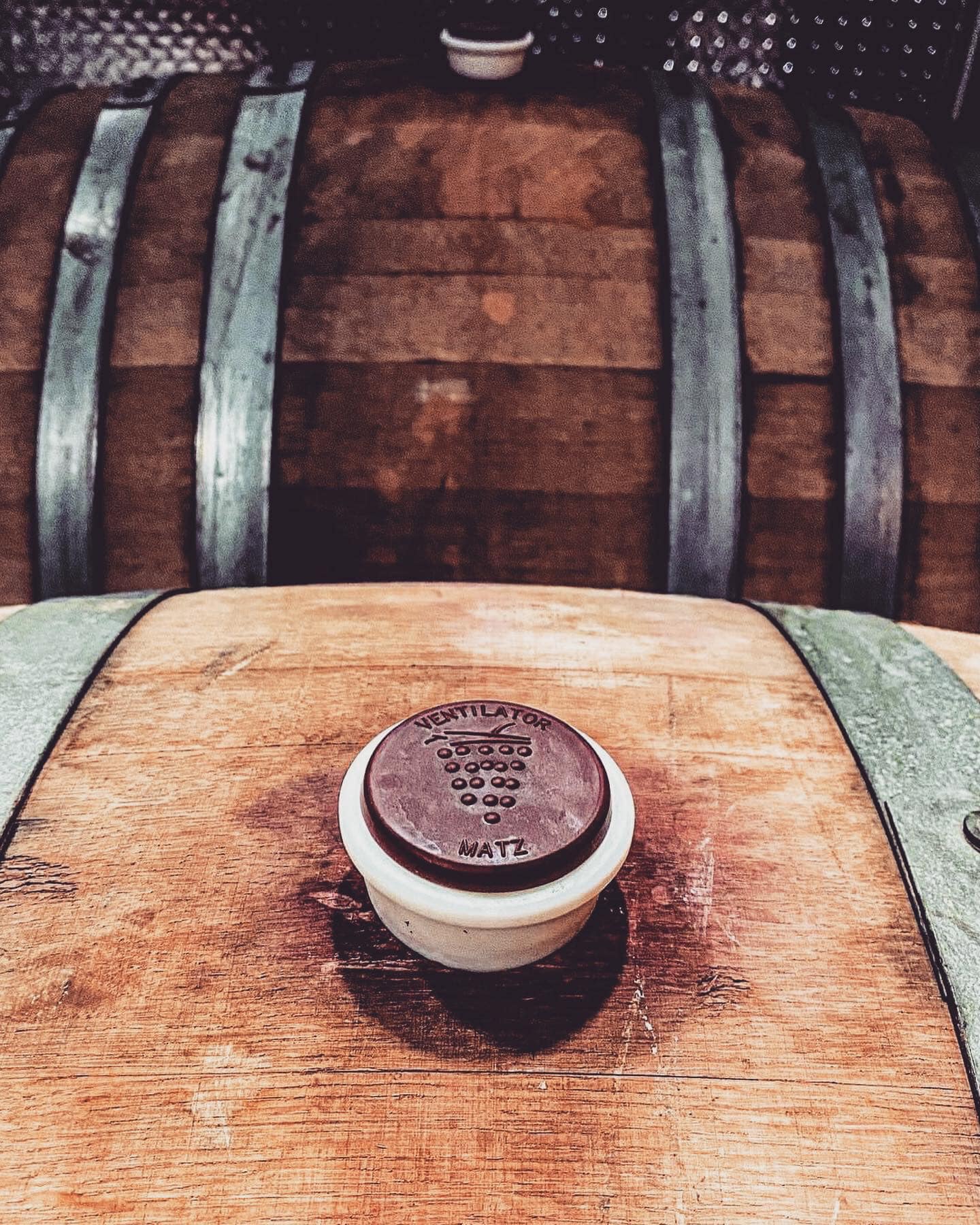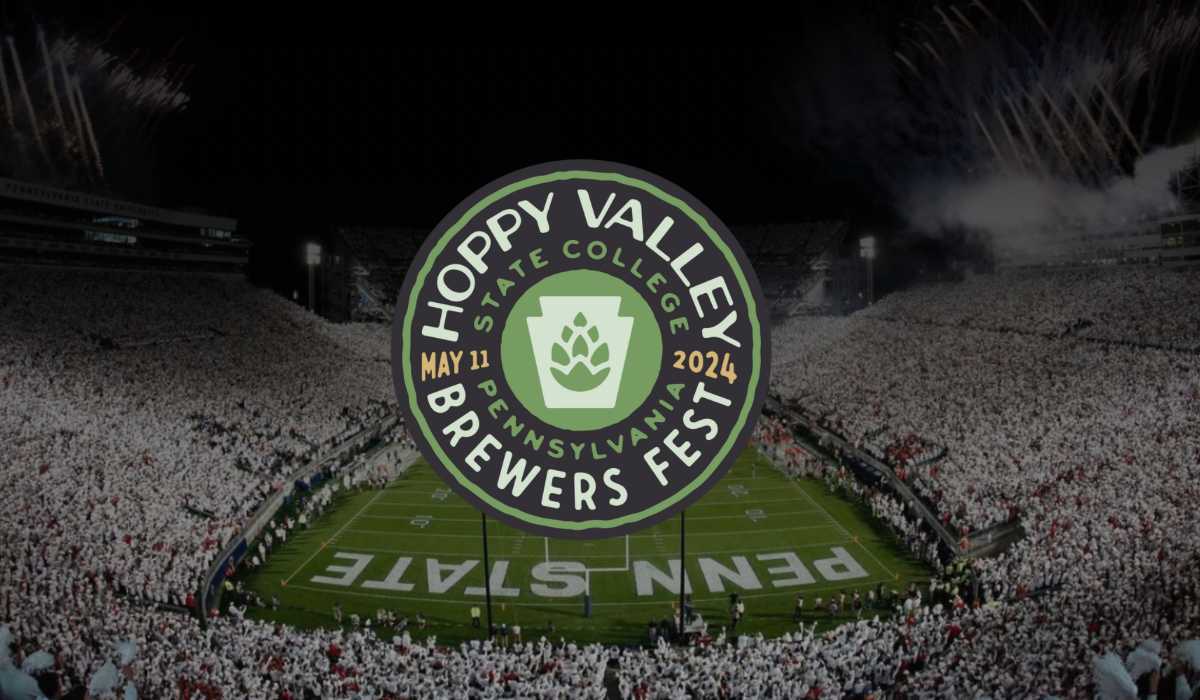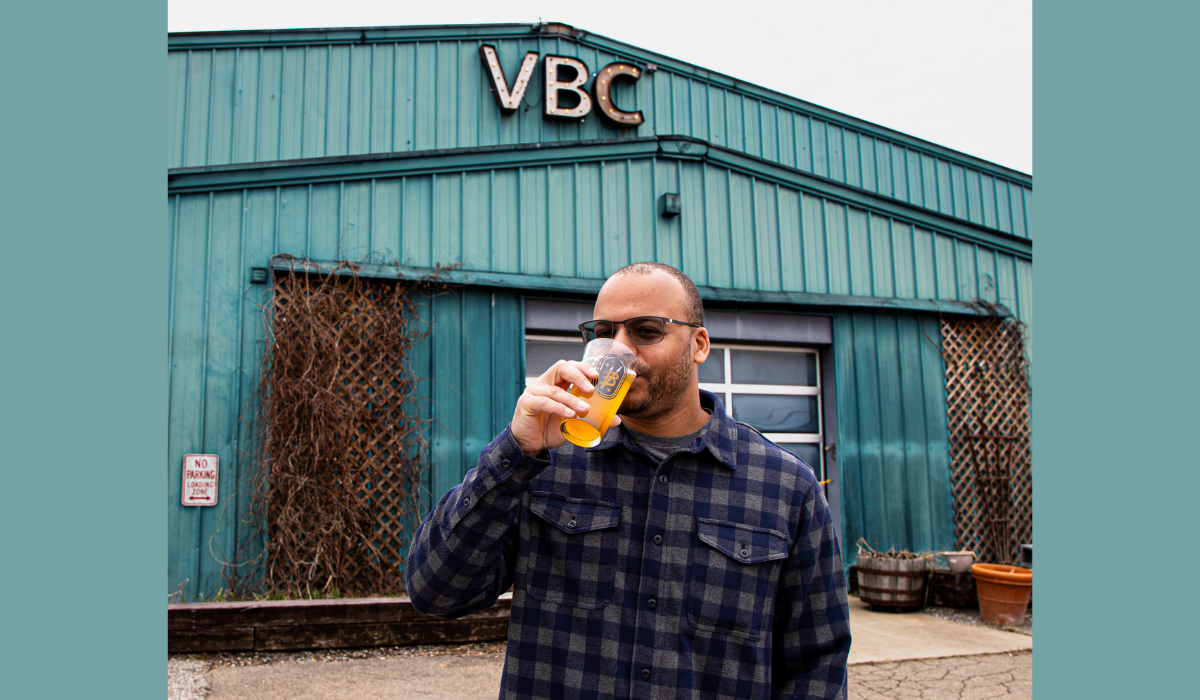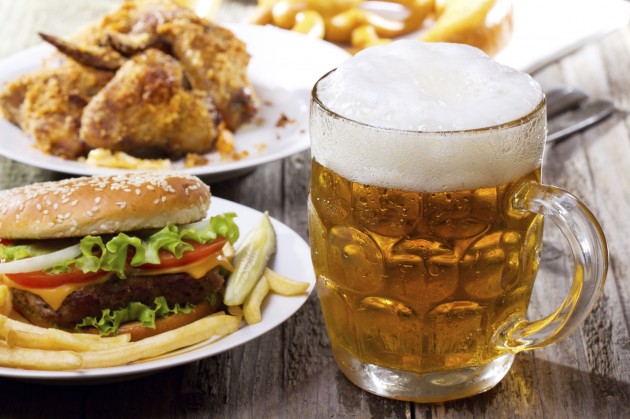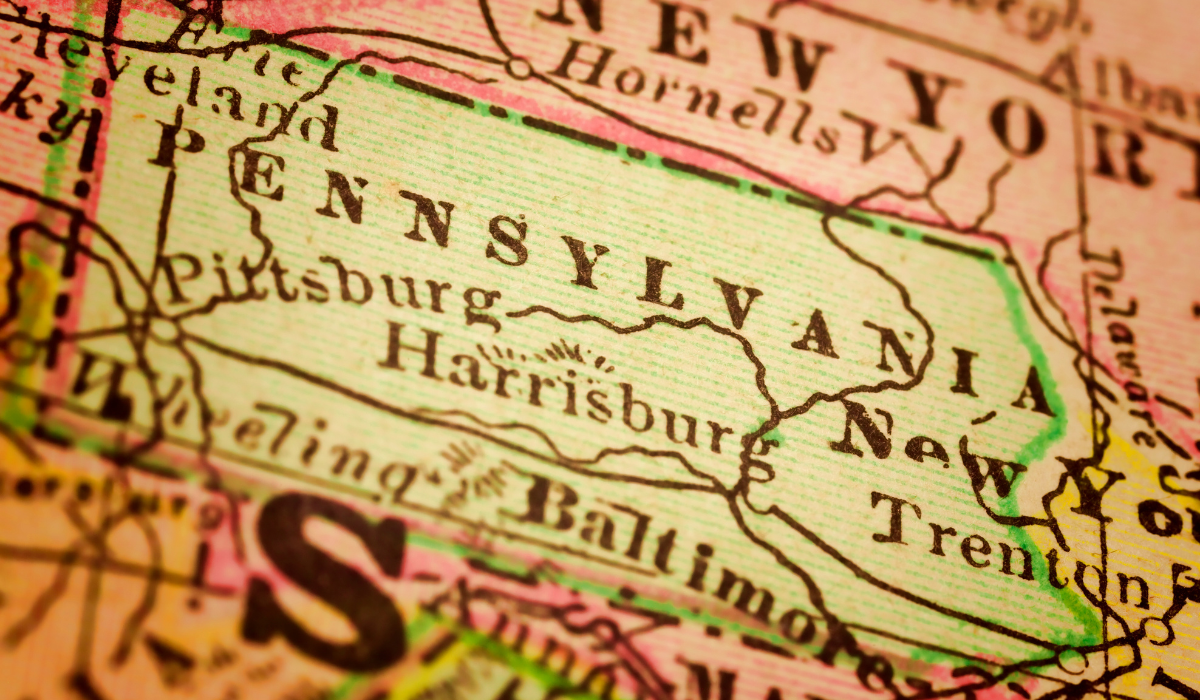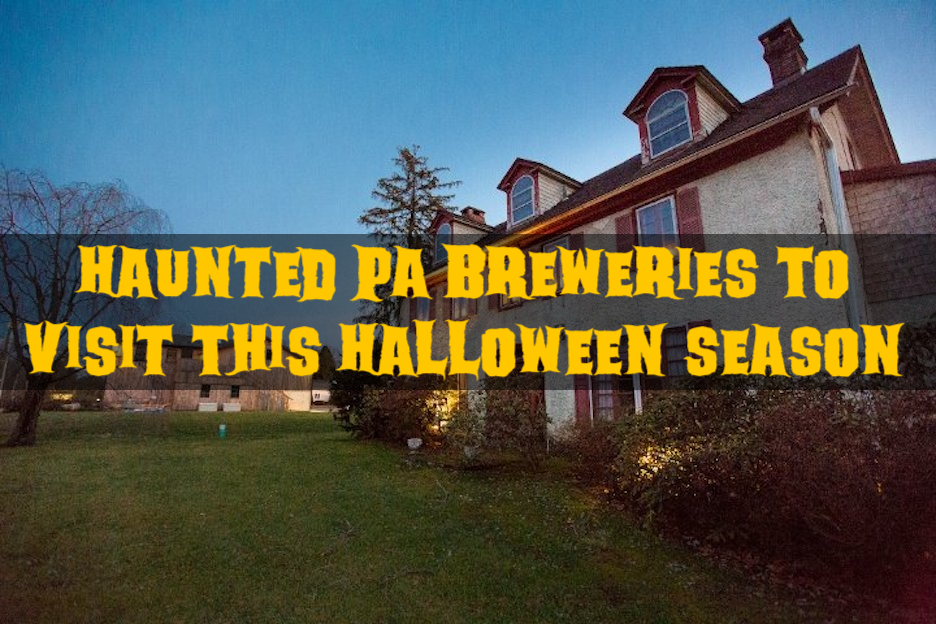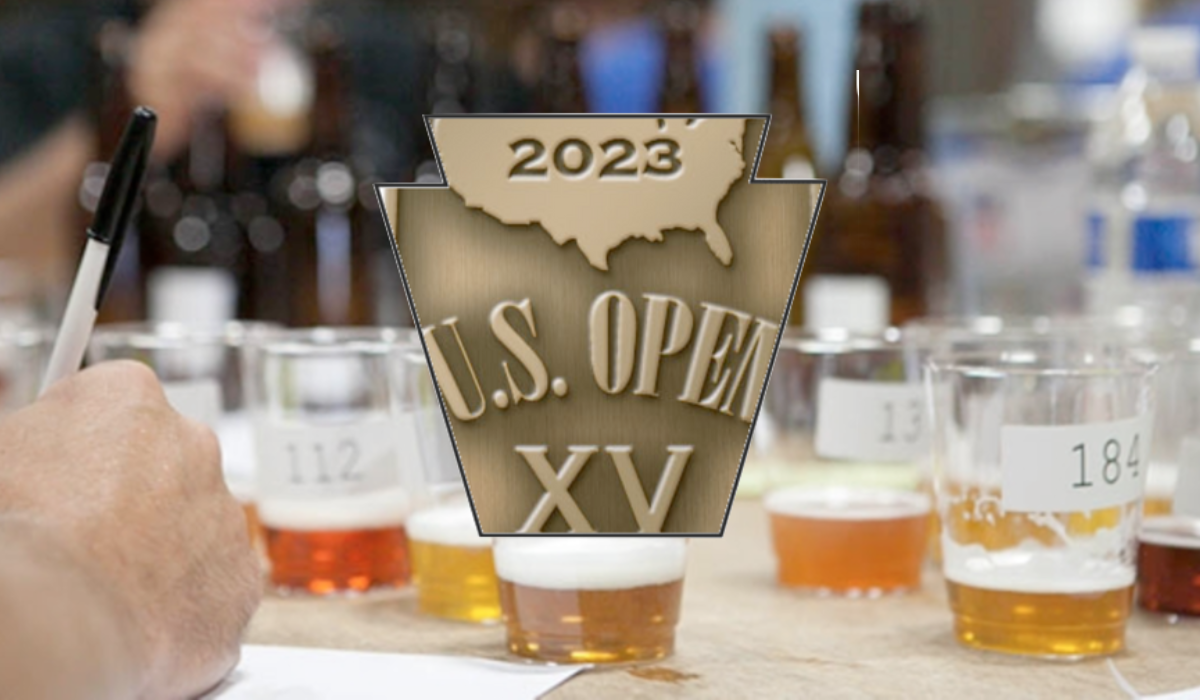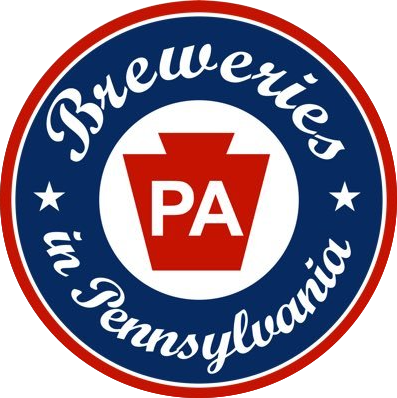Trends are very common in craft beer. To get an idea of where the industry is headed, we poll PA owners and brewers each year to get their thoughts on where they see the industry headed for the following year.
The whole spirit of craft beer is to produce local handcrafted beer for everyone to enjoy, right? So naturally, brewers experiment with new ingredients, methods, and of course styles. We saw this firsthand this past year with “Cold IPAs” being produced across PA.
To begin, we should probably discuss: What exactly is an Oenobeer? We looked to Alex Liberati, an Italian native who moved to Denver back in 2018 and opened both an Italian restaurant and Oenobeer brewery, which sadly, closed in March 2020.
According to their site, “An Oenobeer is a beer/wine hybrid. This new beverage is not achieved by blending beer and wine, but instead, it is by co-fermentation of wort and must, a new process, a fusion of the processes of winemaking and brewing. We didn’t invent this idea, but we are the only brewery in the world solely dedicated to this concept: Oenobeers.”
Furthering our research, we found out that there’s no “official definition” for what counts as an Oenobeer (pronounced N-O-Beer), which means brewers experiment and put their own spin on them. What we do know, is an Oenobeer is a beer with up to 49% of the fermentable sugars coming from grapes or a grape product. It’s basically a beer-wine hybrid, or it could be a beer-wine-mead hybrid. As we said, no details are available as there is no definition that adds details about ABV, sour or sweet, hops, or color.
We recently spoke with the group who made an Oeno beer collab at Chatty Monks. Here is what each had to say about the style
John Stemler (PA Brewing Veteran & Head Brewer at Chatty Monks)
I find this style quite intriguing as there are sciences from both the wine and beer world that can be used. For example, acid and tannin balancing is common post-fermentation in the wine world, whereas in beer the balance is usually written into the recipe for fermentation and/or barrel-aging. I am looking forward to exploring this style more deeply in the coming months utilizing some local fruit sources and even using mixed cultures.
Brandalynn Armstrong (Beverage Consultant, & Director of Business Operations at Upper Reach Meadery)
The commingling of two separately regulated commodities so closely together in one product is interesting. Having worked in both the beer and wine side now, I think Oenobeer is a style to watch because it has so FEW rules, it pushes the boundaries of both beer and wine – and starts conversations about why these ingredients can co-mingle so successfully.
Adam Crockett (Owner & Head Meadmaker at Upper Reach Meadery)
What intrigues me about Oenobeer is the blending of beer and wine. Both alcohol beverages have a place in the market and their fans but rarely do they work together or better yet, bring both together. Breweries are starting to use wine techniques and wineries are starting to watch what breweries are doing, examples being bourbon barrel-aged wines and breweries using more and more fruit. I think Oenobeer is a perfect blend of both sides and an inevitable next step for breweries especially. I personally love this style and hope to see more of it.
Tanya Lawrence (@babels_cameron on Instagram, longtime beer writer, and Cicerone)
“What makes Oenobeer so intriguing is its openness to interpretation from the standpoints of both the creator and the consumer. Because there are no guidelines appointed at present to the style — beyond those, of course, concerning the quantity of utilized grape product required to be delineated as such — brewers are permitted carte blanche in production, while consumers are in turn imparted with a product that possesses the nuanced complexities we so often attribute to wine, together with the approachability we so often attribute to craft beer. Throughout my explorations of the style, for as many times as I have tasted Oenobeer that has evoked memories of long-since-sipped champagnes and pét nat — sparking conversations of tannin and terroir — there have been times that I too, have tasted Oenobeer formally labeled as a farmhouse ale or Saison, profoundly comparable to Belgian-style lambic and gueuze, and even easily evocative of today’s most popular over-fruited Berliner. Ultimately, with any Oenobeer, the fundamental objective is to create, at once, both a beer for wine lovers and a wine for beer lovers — something approachable enough to be appreciated by both consumer bases, versatile enough to be paired with cuisine, formidable enough to be shared amongst friends, and quite simply: delicious enough to be enjoyed by all — and I’ll raise my glass to that any day…”




